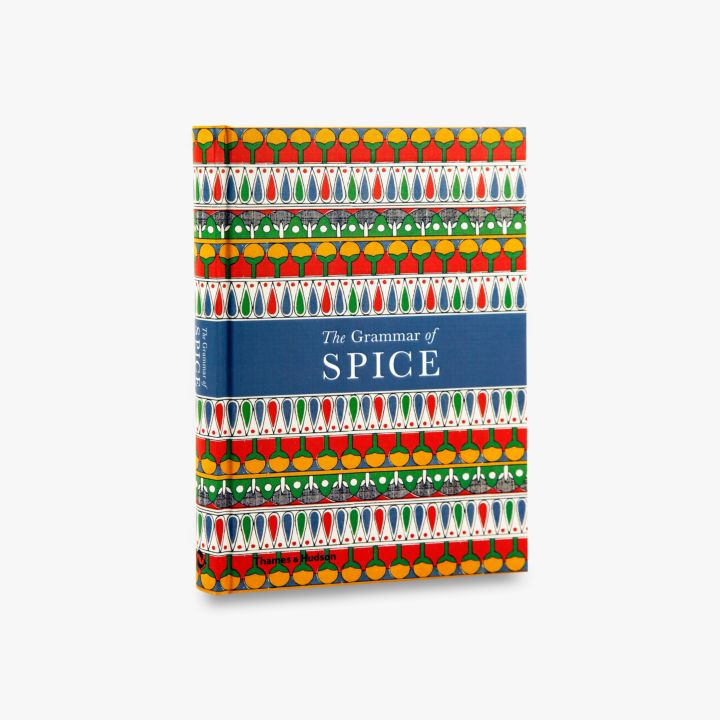
The Grammar of Spice
Tom Verde
Caz Hildebrand
2017, Thames & Hudson, 978-0-50051-967-7, £16.95 hb.
If every picture tells a story, so does every spice, as this enlightening and handy (all entries include menu suggestions) volume points out. Medieval Arab merchants made a fortune shipping nutmeg from Banda Islands—part of today’s Indonesia—“to cater to the luxurious tastes of European aristocrats,” writes Hildebrand. Sailors approaching Banda reportedly smelled the spice “before they even saw the islands.” Ginger will make fish “flock to the hook” when its juice is applied to bait, according to fishermen’s lore. Carob is also known as St. John’s bread, after John the Baptist, whose puzzling diet of locusts and wild honey may have really consisted of the pods “also known as locust beans.” Molasses made from carob remains “a traditional sweetener in the Levant.”
You may also be interested in...

Nomadic Chieftain’s Biography Unveils Dynamics of Colonial Expansion
Historian Tetsu Akiyama challenges the narrative that the Kyrgyz were a “static and monotonous ‘traditional’ society’” destined to be subsumed.
The Great British Bake Off Winner Nadiya Hussain Gathers Global Recipes in Culinary Celebration of Ramadan
Nadiya Hussain's diverse recipes highlight the global unity of Muslim cultures and cuisines.
British Library’s 500-Year-Old Nizami Manuscripts Shed Light on Power of Art and Poetry in 12th-Century Herat
Persian and Mughal scholar and specialist Barbara Brend presents a comprehensive study of one of the most highly esteemed works of Persian Literature.